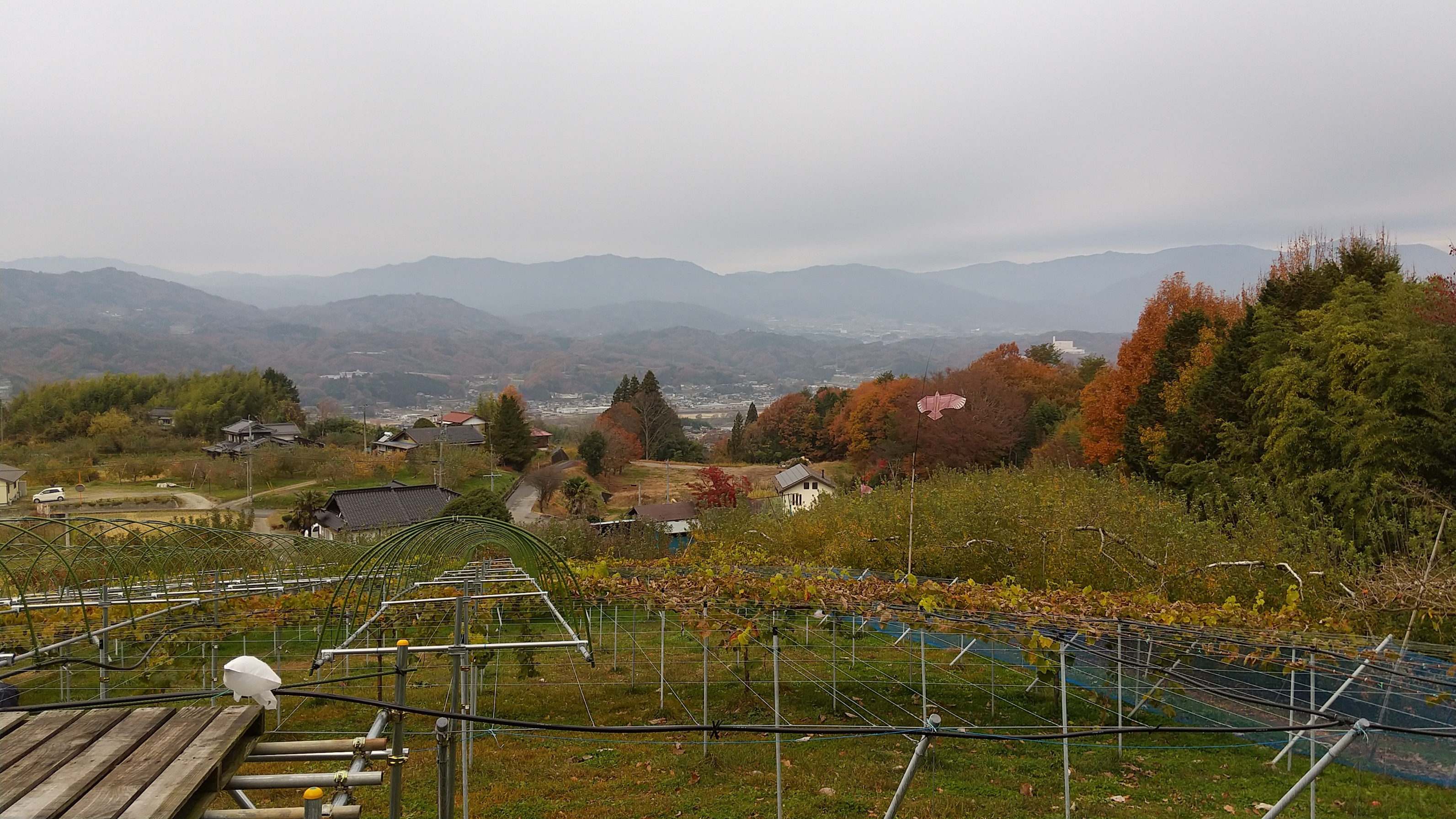2025/03/05
Attracting International Visitors to Southern Nagano’s Ina Valley: Maximizing the Value of a Rural Area in Japan

On January 31, the "Southern Nagano Rural Travel Consortium" was established to promote tourism and revitalize the local economy in the Iida and Shimoina region of Nagano Prefecture. Since 2020, the Iida City government (*Yui-Turn Migration and Settlement Promotion Division) has been hosting the "Rural Inbound Tourism Course" for local business owners and residents interested in incoming international tourism, in collaboration with NPO Egao Tsunagete, led by its representative instructor, Hisashi Sonehara. The newly launched consortium builds on this foundation and brings together key professionals such as travel agencies with strong ties to the European travel industry, tour coordinators, and media producers. I, too, have been given the opportunity to contribute in a small way as an advisor.
(* 'Yui-Turn' implies urban-to-rural migration, including U-turn (returning to one’s hometown) or I-turn (moving to a new rural area).)
Over the four years of the Rural Inbound Tourism Course, participants have worked on uncovering tourism resources and developing familiarization tours. The consortium has inherited these achievements and has already completed nine basic programs designed for repeat visitors from Europe and North America. These tours not only highlight well-known attractions such as Tenryu Gorge and Shimoguri-no-Sato (the picturesque mountain hamlet) but also offer immersive rural experiences such as stargazing, making gohei-mochi (a traditional rice cake snack), tea-picking, trekking along the historic Akiba Kaido (an ancient trail), and enjoying local performing arts. These programs are designed to allow visitors to experience rural Japan with all five senses.
That being said, Iida is undeniably remote. Whether traveling via Suwa or Toyohashi, by express bus or train, it takes four hours from Tokyo, as one must bypass the Southern Alps. However, this journey itself can be considered a kind of "ritual" leading to an authentic rural experience. As Ryohei Nakajima, owner of the traditional inn "Tsubame to Tsuchi to" and the first president of the consortium, puts it, "We want visitors to savor the journey to Shimoina itself." This very distance is what has allowed the region’s rich natural environment and unique culture to flourish and be passed down through generations.
International tourism to Japan has been booming after the COVID-19 pandemic. Nagano Prefecture is also seeing a rise in visitors. However, only 1.1% of Japan’s total overnight stays in 2023 were in Nagano (according to the Japan Tourism Agency), with most tourists concentrating in the northern areas like Zenkoji Temple and the ski resorts, the eastern area of Karuizawa, and the central region, home to Matsumoto Castle, Kamikochi, and Nagiso. This means that Southern Nagano—specifically the Iida and Shimoina region—is not a high priority for major enterprises. In other words, this region would be an excellent business field for small, distinctive businesses and ambitious startups. In Iida, a station for the Chuo Shinkansen maglev line is planned to be developed. However, once scale and efficiency become the strategic focus, the value of the countryside diminishes. Instead, it is essential to embrace and enhance the region’s rural identity, catering to a market that appreciates and resonates with the local way of life. Through strategic, niche marketing, we hope to create sustainable tourism value unique to this region.
For more information, visit the Southern Nagano Rural Travel Consortium’s official website.
This Week’s Focus, February 2–6
Takashi Mizukoshi, the President